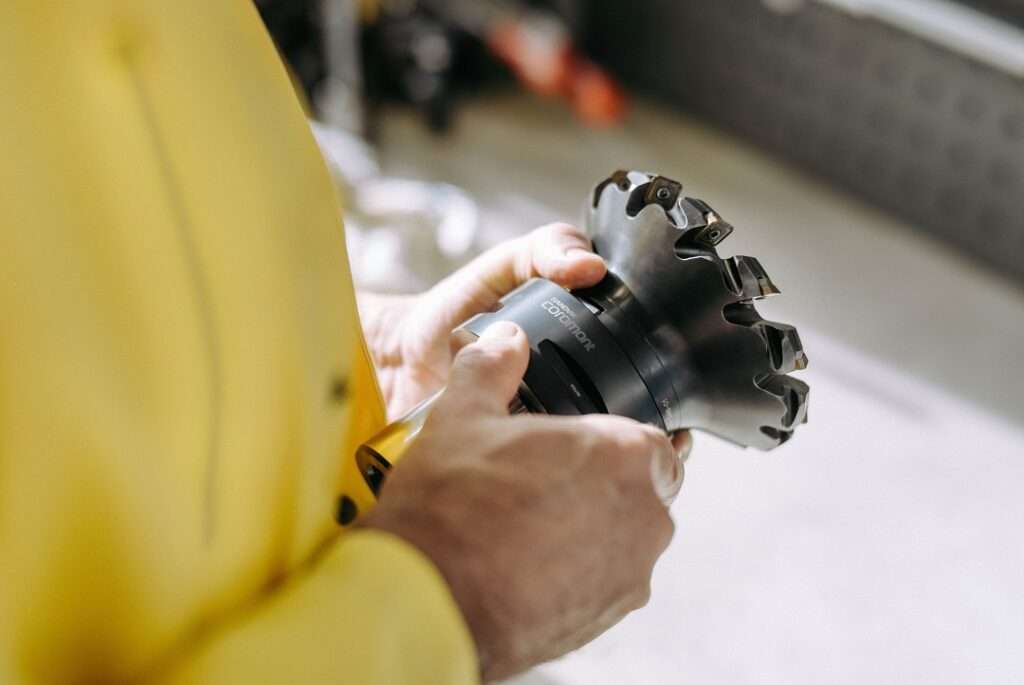- The Indian textile industry which has a rich heritage and historical background with ‘Silk Roads’ once has come to survival crisis
- The current industry scenario has a parallel to 1990s when the industry came to Size Zero
- Demands are ebbing and inventories are piling up giving headwinds to manufacturers
In the first article of the series, we discussed how MSMEs, in general, are grappling with no cash flow, manpower shortage, and operational hiccups. The challenges are more acute if the MSMEs are in the textile sector, an industry with a long history of both excellence and perishing since the colonial period in India.
The textile industry in its preset avatar has been one of the most severely hit. From being the most omnipresent in all corners of the world, from being probably the first industry to be mechanized in the 17th century, from being the possibly the base for one of the oldest global trade routes, The Silk Roads led to the world being what it is today, this Industry has virtually come to a standstill. The priority naturally has gone to personal health and hygiene products, to what are essential products.
The textile industry like its ramp models in the 1990s is going to Size Zero. With lockdowns and the rightful emphasis on social distancing, that is becoming the new norm, the entire textile value chain is one of the most severely hit. Textile Industry is going to be very badly affected.
Its impact is humongous as it straddles from farming to fashion. From the raw cotton farms to the haute couture temples of fashion, from the accessories and haberdashery manufacturers to the equipment manufacturers, from the cotton farmers to the Pradas / Hermes et al, everyone is suffering.
Inventories at all levels of the value chain are piling up, stores are being shut, and apparel manufacturing partners are looking at rapidly declining orders. The domino effects of the fabric supply chain are truly global encompassing a huge populace and a very long value chain
Given below are some relevant extracts from a report published in the Sourcing Journal, which show the plight of the sector.
“………… let us not forget all those involved in the supply of the necessary trims and accessories for apparel products. Whether they be suppliers of buttons, zippers, other hardware, woven labels, card hangtags, or other packaging – all companies are experiencing a downturn in trade as orders are canceled or delayed. Take for example YKK, the world’s largest supplier of zips and metal accessories to the apparel industry. They alone employ more than 42,000 people—all of them facing the prospect of being furloughed from their roles. This is just one company, of many, supplying the apparel industry sector that has seen its business ravaged by the decline in trade post-COVID19.”
The aftermath of the effects of COVID19 will be suffered for many months or possibly years to come. When we consider the struggling apparel industry sector, it is important that we do not forget those who occupy important but often overlooked roles within the whole supply chain and if we can, to paraphrase old military parlance, we need to ensure that ‘no man gets left behind’
A hair raising scary understanding that comes out from the above two sections is that being an MSME unit in these times is not a happy place to be and if you also are a Textile Accessory unit, the unhappiness increases multifold. To visualize this predicament, we will present a case study of one such unit, facts of which are known to the author. The intent is to walk through a real-life situation and visualize the possible relief measures required for its revival and similar units pan India.







